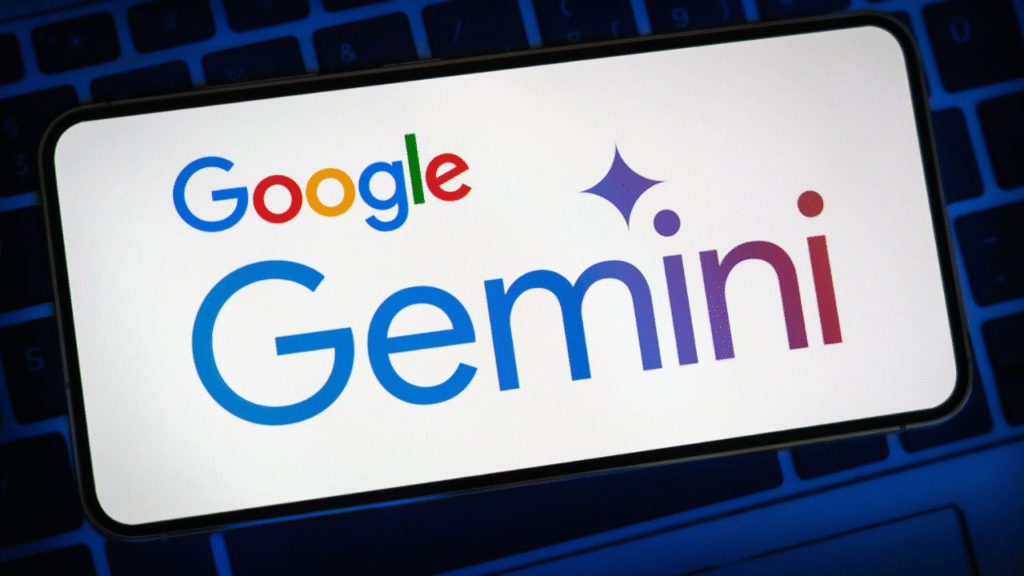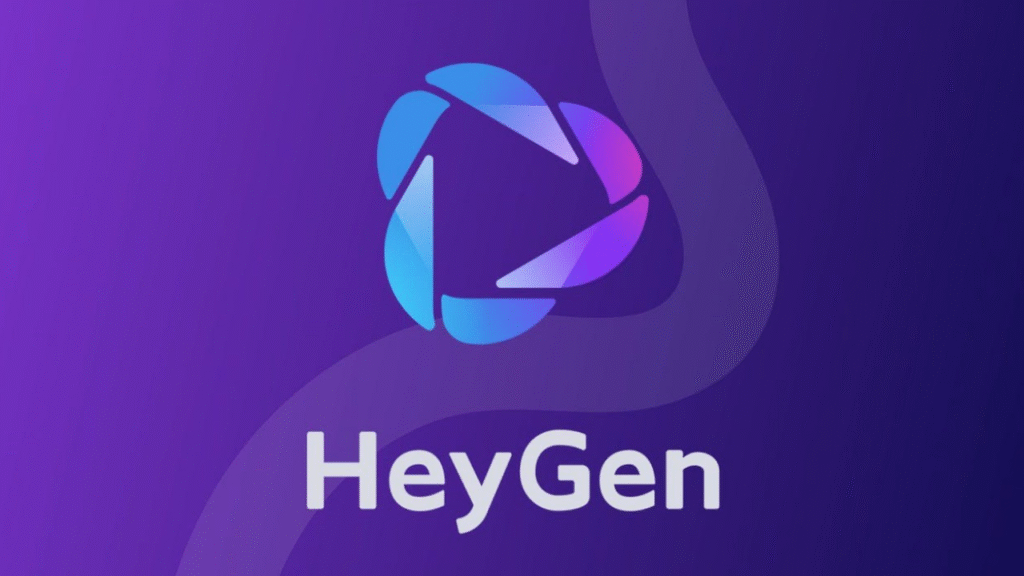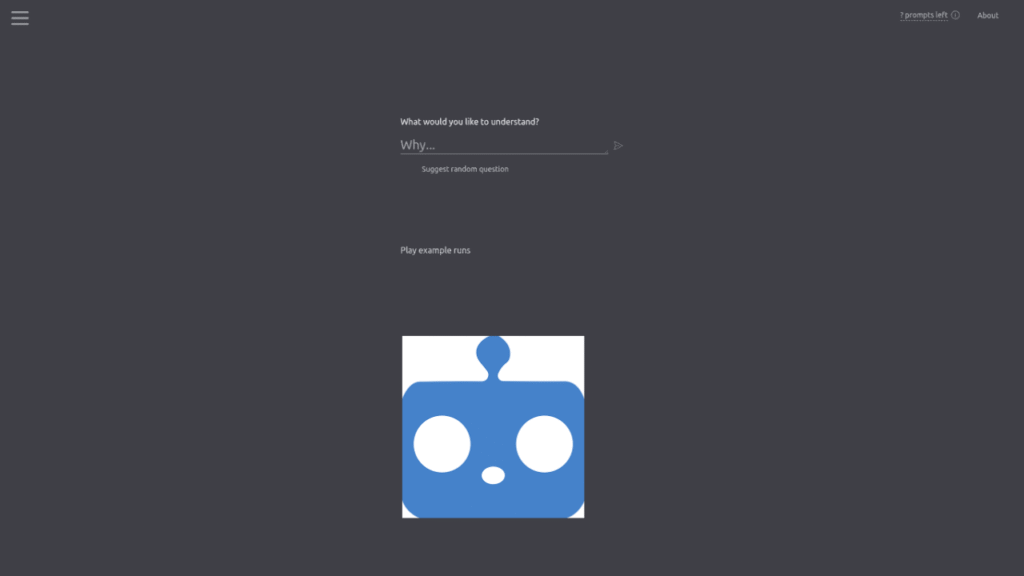Introduction: A New Chapter in Google’s AI Journey
Imagine an AI that doesn’t just respond but truly understands, one that not only answers questions but anticipates your needs. This is the vision behind Google Gemini—Google’s next-generation artificial intelligence model that’s poised to redefine how we interact with technology.
In the world of AI, names like ChatGPT, Claude, and Midjourney have dominated the headlines. But when Google steps into the ring with a major update, the industry takes notice. Gemini isn’t just another chatbot or language model—it’s a holistic, multimodal AI system that merges the best of Google DeepMind and its research division. Let’s take a deep dive into what makes Gemini such a game-changer.

What is Google Gemini?
Google Gemini is a multimodal large language model (LLM) developed by Google DeepMind. Unlike traditional AI systems that process only text, Gemini is designed to understand and generate content across multiple formats—text, images, video, audio, and code.
Launched in December 2023, Gemini represents the unification of Google’s prior efforts like Bard (its chatbot) and PaLM (its earlier language models) into one cohesive ecosystem.
Key Features of Gemini:
- Multimodal capabilities: Understands text, images, audio, and video.
- Natively coded: Capable of writing and understanding complex code.
- Tool integration: Interacts with other apps and tools like Google Docs, Gmail, and YouTube.
- Real-time reasoning: Uses logic and contextual clues to offer dynamic responses.
- Device-friendly: Scales across cloud infrastructure and mobile hardware.
The Evolution: From Bard to Gemini
Before Gemini, Google had been investing in Bard, its conversational AI. Bard used earlier models like PaLM 2, but limitations in reasoning, creativity, and multimodal understanding made room for something more advanced.
With the Gemini project, Google DeepMind aimed to bridge the gap between human-like interaction and raw computing power. The goal? A more natural, efficient, and secure AI system.
Why the Name “Gemini”?
The name symbolizes duality—merging strengths of both language and logic, visuals and audio, intelligence and adaptability. Just as the Gemini constellation features two stars, this AI represents the fusion of DeepMind’s research depth and Google’s product ecosystem.
How Gemini Works: The Tech Behind the Scenes
Gemini is based on a transformer architecture, similar to GPT-4 and Claude 3, but with key differences:
1. Multimodal Learning from the Ground Up
While other models add multimodality as an extension, Gemini was trained natively on multiple data types—text, audio, images, and videos. This makes its understanding of non-text data much more seamless.
2. Reinforcement Learning with Human Feedback (RLHF)
Like ChatGPT, Gemini uses RLHF, but with more refined datasets and broader human oversight. Google has taken ethical AI training seriously, using a Global Alignment Team to review outputs.
3. Scalable Deployment with Gemini Nano and Gemini Pro
Gemini comes in several sizes:
- Gemini Nano: Designed for on-device tasks like Android phones.
- Gemini Pro: Powers Google Bard and enterprise tools.
- Gemini Ultra: The most powerful version, designed for enterprise and research applications.
4. Integration with Google Products
Whether you’re drafting an email in Gmail, analyzing data in Sheets, or watching videos on YouTube, Gemini will soon be able to assist you across all these platforms. Imagine real-time summarization of YouTube videos or intelligent sorting of emails—this is the promise of Gemini.
Real-World Applications of Google Gemini
Let’s look at how Gemini is already transforming lives and workflows.
1. Education
Gemini is helping students get personalized tutoring through Google Classroom and YouTube. For example, a student struggling with calculus can ask Gemini for video tutorials, step-by-step problem solving, and visual explanations—all in one interface.
2. Healthcare
Medical researchers can use Gemini to analyze massive datasets, identify anomalies in medical images, and even generate reports. Early trials have shown promise in radiology and diagnostics.
3. Software Development
Gemini’s coding capabilities rival those of GitHub Copilot and ChatGPT. It can write Python, Java, and even debug complex scripts. Google has already integrated this into Android Studio for app developers.
4. Creative Arts
Writers, designers, and video editors are using Gemini to brainstorm ideas, generate creative content, and edit multimedia assets. Its cross-modal abilities make it ideal for complex storytelling.
How Gemini Differs From ChatGPT and Claude
While models like ChatGPT-4 and Claude 3.5 are powerful, Gemini brings some unique strengths:
| Feature | ChatGPT | Claude | Google Gemini |
|---|---|---|---|
| Multimodal Support | Limited | Moderate | Native, full-scale |
| Integration | OpenAI Ecosystem | Anthropic tools | Google Products |
| Coding Abilities | High | High | High + Native Android Support |
| Real-Time Data | Plugins | Limited | Direct with Google Search |
| Mobile Optimization | No | No | Yes (Gemini Nano) |
Ethical Considerations and Safety Protocols
Google has emphasized responsibility and safety with Gemini. The model is designed to:
- Filter out biased or harmful outputs.
- Provide transparent citations.
- Offer opt-in personalization controls.
- Comply with global privacy standards.
An independent AI ethics board regularly audits the training data and output safety.
Google Gemini vs GPT-4: A Future Showdown?
While GPT-4 is the current king in public awareness, Gemini is designed to overtake it with more integration, better efficiency, and native multimodality.
Experts predict that as Gemini Ultra rolls out more widely, we’ll see a shift in enterprise adoption from OpenAI to Google, especially for companies already embedded in the Google ecosystem.
Getting Started with Gemini
If you’re ready to try Google Gemini, here’s how:
For Casual Users:
- Use Bard (bard.google.com) powered by Gemini Pro.
- Install Gemini features via Google Assistant on Android.
For Developers:
- Access APIs through Google AI Studio.
- Explore integration into Android apps via Gemini Nano.
For Enterprises:
- Use Gemini in Google Workspace (Docs, Gmail, Sheets).
- Subscribe to Duet AI, now powered by Gemini Ultra.
Final Thoughts: Is Gemini the Future?
The AI race is heating up, and Google’s Gemini is a bold, forward-thinking leap. By merging multiple data formats, ethical frameworks, and native integration into daily tools, Gemini is setting a new benchmark for intelligent assistants.
Whether you’re a student, developer, artist, or entrepreneur, Gemini offers a glimpse into the next era of AI—not just artificial intelligence, but augmented intelligence.
As the digital world becomes more complex, tools like Gemini will help us cut through the noise and focus on what matters most. And that, truly, is the future.
FAQs About Google Gemini
What is Google Gemini used for?
Gemini is used for everything from answering questions and writing code to analyzing videos and integrating with Google products like Gmail and Docs.
Is Gemini better than ChatGPT?
It depends on your needs. For Google ecosystem users and multimodal tasks, Gemini offers significant advantages.
Is Google Gemini free?
Yes, basic access is free via Bard. Advanced features (like Gemini Ultra) may come with a subscription or enterprise plan.
Where can I try Gemini?
Visit bard.google.com or use Gemini features in Google apps and Android phones.


